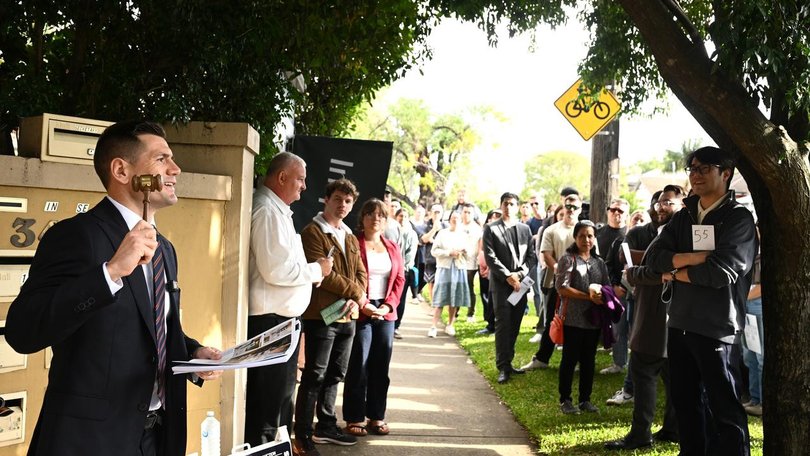Australian home values reach record high as falling interest rates boost buyer confidence

Home values have set a record as falling interest rates send buyers piling back into the property market.
The median dwelling in Australia was worth $831,288 in May - a 0.5 per cent jump on the month before - data released by property analytics firm Cotality, formerly CoreLogic, on Monday showed.
Every capital city, as well as the combined regions, exhibited growth of 0.4 per cent or more, in a broad-based recovery largely down to buyers feeling better about their purchasing capacity.
Sign up to The Nightly's newsletters.
Get the first look at the digital newspaper, curated daily stories and breaking headlines delivered to your inbox.
By continuing you agree to our Terms and Privacy Policy.“Undoubtedly, interest rates have had a positive flow through to housing markets since February,” said Cotality research director Tim Lawless.
“But I certainly wouldn’t call the rate of growth shooting the lights out. A 0.4 per cent to 0.5 per cent growth rate is much more sustainable than what we were seeing, say, in early 2023 up to mid-2024.”
After a shallow and short-lived downturn at the end of 2024, the recovery in prices had more to do with sentiment than a genuine improvement in serviceability or access to credit, considering interest rates were still in restrictive territory, Mr Lawless said.
“And we know from historical correlations, consumer confidence and housing activity tend to go hand-in-hand.”
Changes in property values have converged across markets after record divergences in price growth in 2024.
In August, there was a 26.1-percentage point difference between the annual growth rate in Perth (24.5 per cent) and Hobart (-1.6 per cent).
Price rises have slowed in the Western Australian capital, but properties there still increased at 0.7 per cent in May, behind only Darwin, which grew at 1.6 per cent.
While 2024’s astronomical growth rate of 19 per cent was unlikely to be repeated, Perth’s low price base, strong economy, high interstate migration numbers and low property listings would continue to lift values higher, Mr Lawless said.
Nationally, rents grew at 0.4 per cent in May following three straight months of 0.6 per cent gains.
On an annual basis, rental growth is clearly trending downwards, with the largest markets of Sydney and Melbourne the softest.
Capital city vacancy rates remain below the long-term average at two per cent, boosting prices.
Net overseas migration falling back to normal levels after the post-COVID spike and increasing household sizes were keeping a lid on demand.
But slow progress on the supply side of the ledger doesn’t look like improving soon.
Dwelling approvals fell 5.7 per cent in April, the Australian Bureau of Statistics reported on Friday, putting the national target of 1.2 million new homes over five years further out of reach.
“Rental affordability challenges are going to be with us for some time yet, given given how tight rental conditions,” Mr Lawless said.
Following the Reserve Bank’s decision to cut interest rates by 25 basis points at its May meeting, governor Michele Bullock said it was not the RBA’s responsibility to address housing affordability through monetary policy.
Governments, she said, held the levers to fix the imbalance of supply and demand.
“There’s nothing the Reserve Bank can do about these affordability issues of housing,” she said.
“This is an issue of housing demand and housing supply, and increasingly this issue is finding its way into the governments, both state and federal governments, and that’s where the focus has to be.”
